Description
Andalusite Refractory Materials: A Cornerstone of High-Temperature Industries
In the demanding world of high-temperature industries, the choice of refractory materials is crucial. These materials, designed to withstand extreme heat and corrosive environments, are the unsung heroes behind countless manufacturing processes. Among these materials, andalusite-based refractories stand out as a versatile and reliable option, offering a unique blend of properties that make them essential in various applications.
What is Andalusite?
Andalusite is an aluminosilicate mineral with the chemical formula Al₂SiO₅. It belongs to the same mineral group as kyanite and sillimanite, all three being polymorphs of aluminum silicate. What sets andalusite apart is its relatively stable mineral form and its unique properties that make it an excellent raw material for high-quality refractories.
Key Properties of Andalusite Refractory Materials:
- High Refractoriness: Andalusite boasts a high softening point, allowing it to withstand extreme temperatures without significant deformation. Its resistance to thermal shock is particularly noteworthy, preventing cracking or spalling during rapid heating and cooling cycles.
- Excellent Creep Resistance: Under prolonged exposure to high temperatures and stress, materials can undergo creep, a slow and permanent deformation. Andalusite refractories exhibit exceptional creep resistance, maintaining their structural integrity even under challenging conditions.
- Volume Stability: Unlike some other refractory materials, andalusite demonstrates excellent volume stability upon heating. This minimizes dimensional changes during thermal cycling, ensuring consistent furnace performance and reducing the risk of structural failures.
- Resistance to Slag Attack: Many industrial processes involve molten slags that can corrode and degrade refractory materials. Andalusite refractories exhibit good resistance to attack from various slags, extending their lifespan and reducing maintenance requirements.
- Cost-Effectiveness: Compared to other high-alumina refractories, andalusite is often a more cost-effective option, making it a practical choice for a wider range of applications.
Applications of Andalusite Refractory Materials:
The unique properties of andalusite refractories make them suitable for a broad range of applications across various industries, including:
- Iron and Steel Industry: Used in blast furnace linings, ladles, and runners due to their resistance to molten iron, slag, and thermal shock.
- Cement Industry: Found in rotary kiln linings, contributing to the efficient and reliable production of cement.
- Glass Industry: Utilized in glass melting furnaces for their resistance to high temperatures and corrosive glass melts.
- Non-Ferrous Metals Industry: Used in the production of copper, aluminum, and other non-ferrous metals, providing resistance to molten metals and slag.
- Petrochemical Industry: Employed in reactors and other high-temperature equipment for their chemical inertness and thermal stability.
- Ceramic Industry: Used in kiln furniture and other high-temperature applications.
Andalusite vs. Other Refractory Materials:
While andalusite excels in many applications, it’s important to consider its strengths and weaknesses compared to other refractory materials. For example:
- Compared to Fireclay: Andalusite offers significantly higher refractoriness and better resistance to slag attack.
- Compared to High-Alumina: While high-alumina refractories often have superior performance in extreme environments, andalusite provides a more cost-effective alternative in many applications.
- Compared to Magnesia: Magnesia refractories offer superior resistance to certain alkaline slags, but andalusite provides better resistance to thermal shock and volume stability.
Conclusion:
Andalusite refractory materials represent a valuable asset in high-temperature industries. Their unique combination of high refractoriness, excellent creep resistance, volume stability, and resistance to slag attack makes them a reliable and cost-effective choice for a wide range of applications. As industries continue to push the boundaries of high-temperature processes, andalusite-based refractories will undoubtedly continue to play a critical role in ensuring the efficiency, safety, and longevity of these essential operations. Understanding the properties and applications of andalusite refractories is key to selecting the right materials for optimal performance in demanding high-temperature environments.



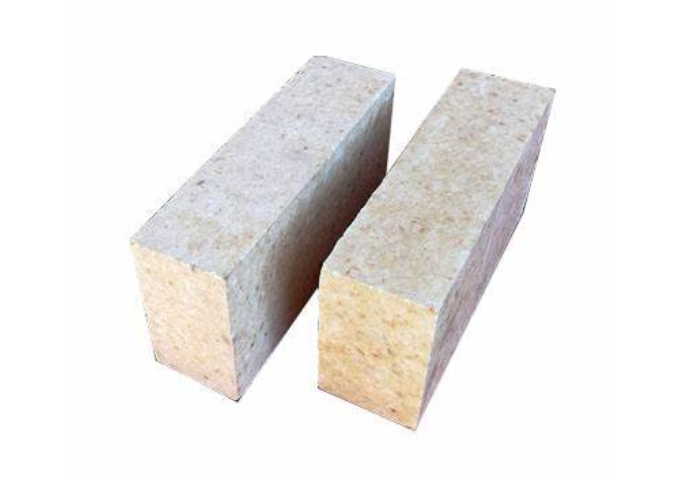

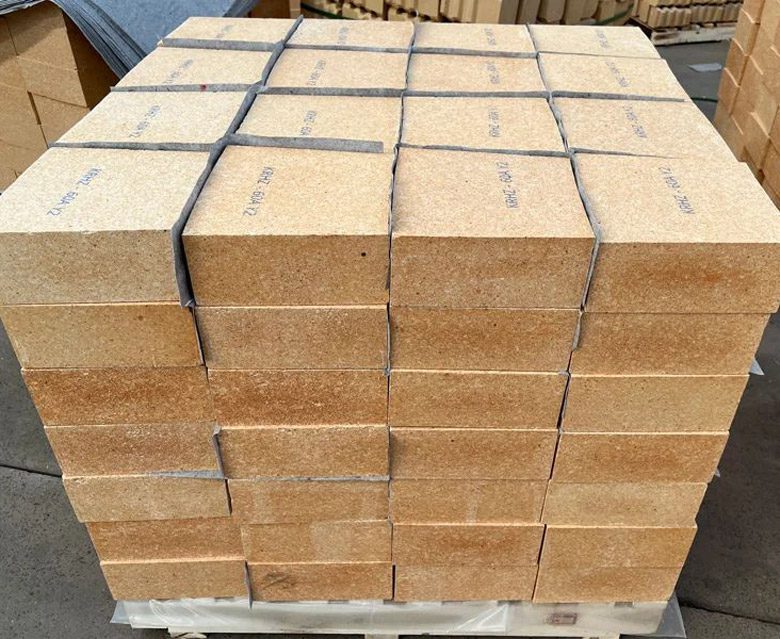
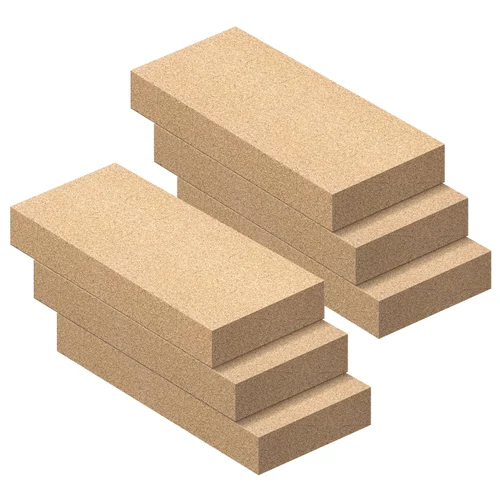
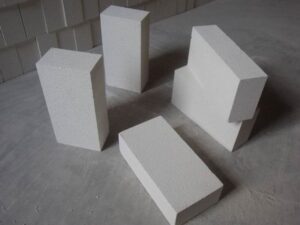
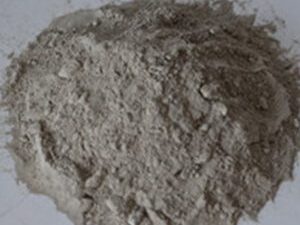

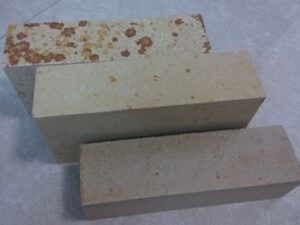
Reviews
There are no reviews yet.